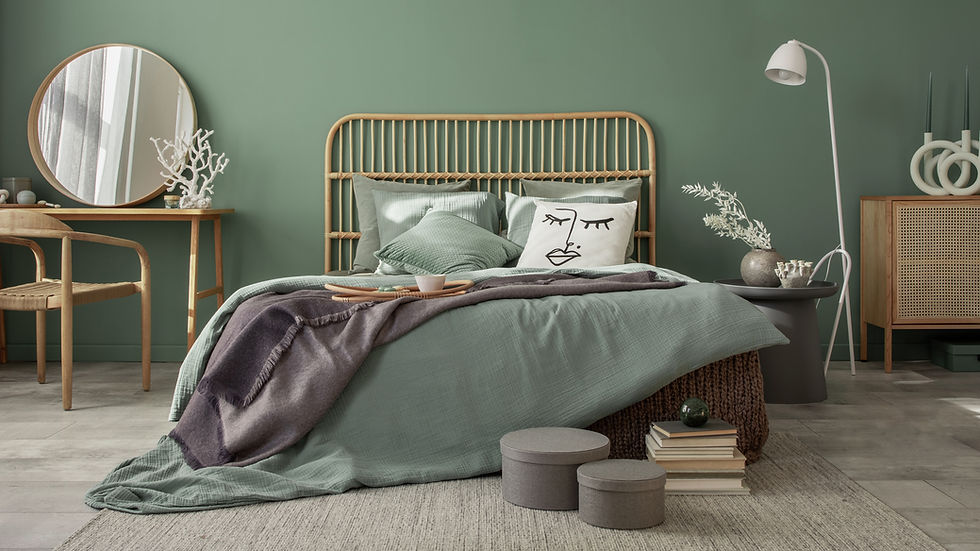Optimal Settings for Indoor Real Estate Photography
- Anne.L Photographe

- Jan 18, 2024
- 2 min read

The basics
RAW Format for Precise Editing

Start by taking your photos in RAW mode rather than JPG. The RAW format offers increased flexibility during editing, allowing you to more finely adjust exposure, white balance and detail. This approach ensures optimal quality of your indoor real estate images during post-production.
Exposure Bracketing: Capturing Extended Dynamic Range
Exposure bracketing is an essential technique in real estate photography. It consists of taking several photos with different exposures, generally set at +/- 2 EV or +/- 3 EV. This method captures a wider dynamic range, including both dark and bright areas of a scene. During post-production, these images are combined to achieve a balanced and detailed end result, ideal for highlighting all aspects of an interior.
Indoor Settings

1. Aperture Priority Mode (Av/A)
- Use a medium aperture between f/9 and f/11 to maximize depth of field. This will keep details sharp from the foreground to the back of the piece.
2. ISO Sensitivity
- Choose a low ISO sensitivity (100-400) to reduce noise in controlled indoor lighting conditions.
3. White Balance
- It is recommended to leave the white balance in automatic mode. You can adjust the white balance in post-processing to achieve perfect natural colors.

4. Exhibition
- Monitor exposure carefully to avoid areas that are too dark or overexposed. Use exposure compensation if necessary.
5. Use a Tripod
- Indoors, a tripod is essential to stabilize the camera and avoid motion blur.
It also allows longer exposures in low light conditions.
6. Natural Lighting
- Favor natural light as much as possible. Avoid direct flashes to avoid harsh shadows. Use accent lamps if necessary.
7. Self-timer
- Use your camera's self-timer to avoid camera shake when taking photos. A 2-5 second self-timer will allow you to stabilize the camera after pressing the shutter button.

8. AF Mode and Metering Mode
- Opt for Autofocus (AF) mode using the selective focus point to precisely focus on key elements in the scene. Choose evaluative metering mode for precise exposure, especially in varying light conditions.
In post-processing, use editing software such as Adobe Lightroom, Capture One or Darktable to optimize the colors, brightness and details of your real estate photos. Working with RAW files will give you maximum flexibility when editing. By combining these settings and techniques, you'll be ready to capture the warmth and ambiance of interior spaces with exceptional precision.
Experiment with these basic settings and adjust them according to the specific characteristics of each room. Regular practice will help you hone your skills and develop your own artistic style in indoor real estate photography.




Comments